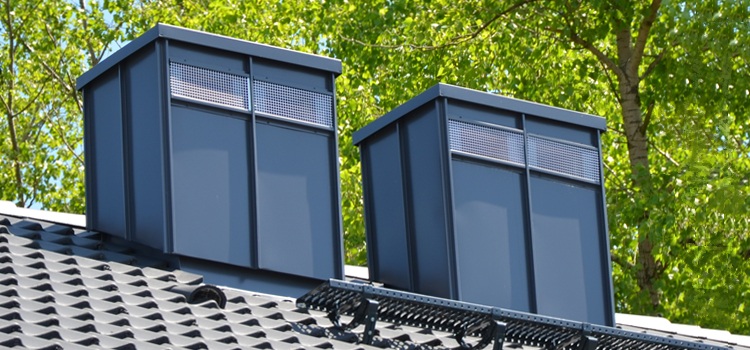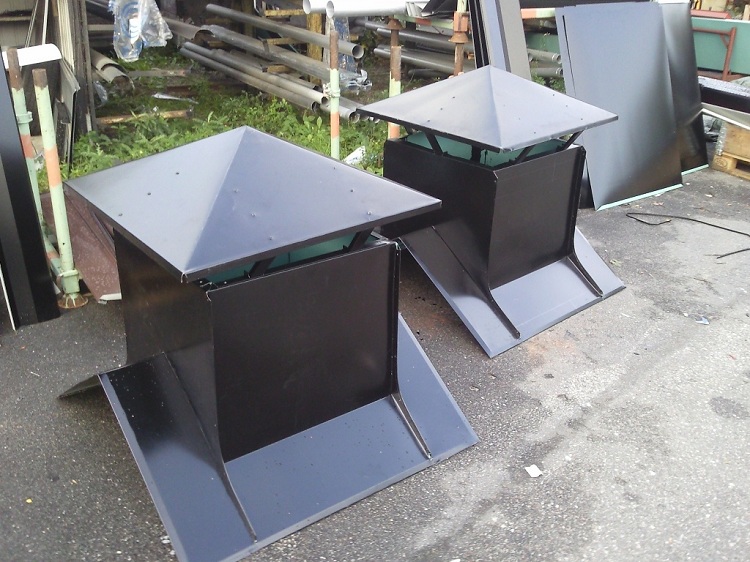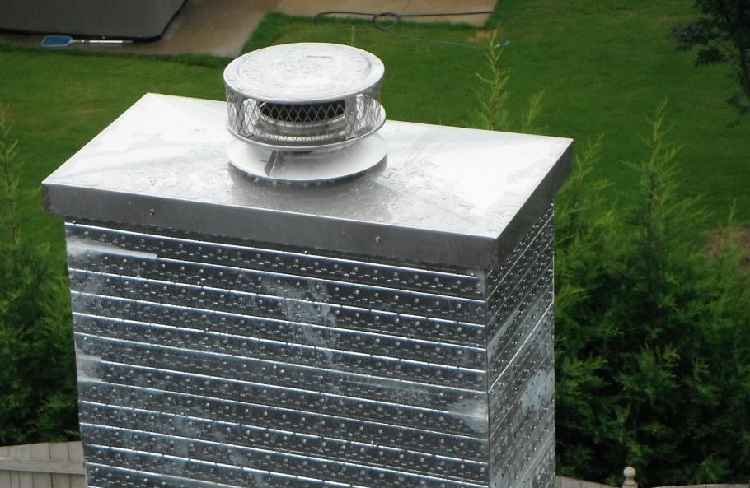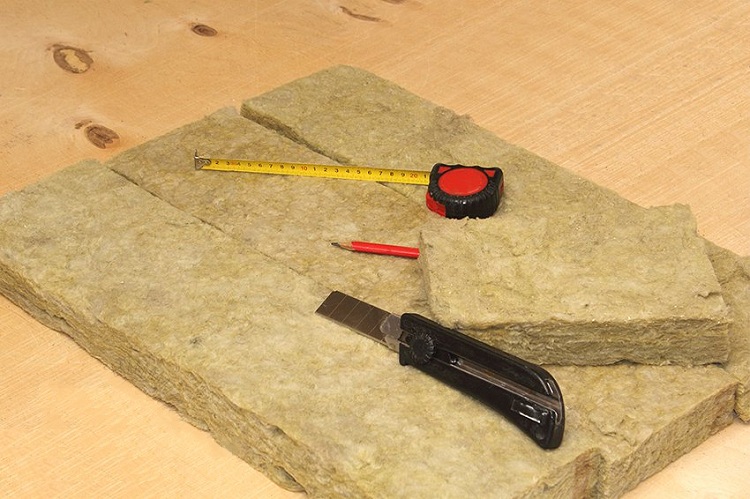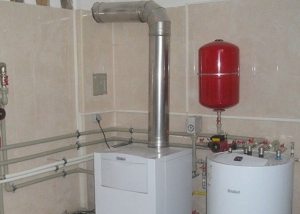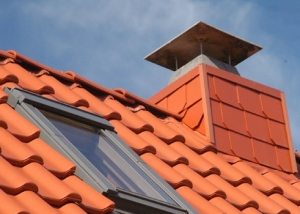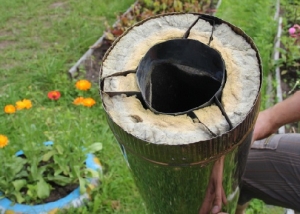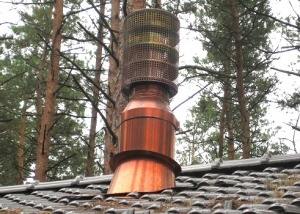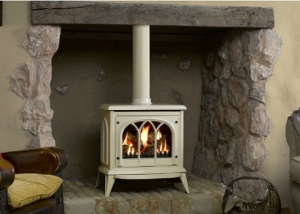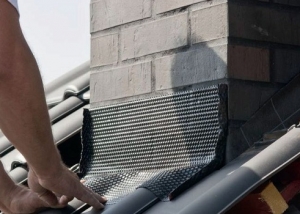The chimney box is a structure that is mounted from different materials and serves as a heat insulator, as well as additional protection for the chimney. In addition, such a case performs another function - aesthetic, giving the chimney a presentable appearance. If desired, it can be completely or partially dismantled, which is very convenient and functional.
Content
What is the pipe cover for?
The chimney on the roof is a very important part of the chimney design. Its location, the material from which it is made, as well as additional devices in the chimney - all this affects the traction in the system. This part of the chimney structure is located outside the building, therefore, it is affected all year round by various destructive environmental factors: precipitation, wind, and temperature changes.
Regardless of what material the chimney is made of, these factors gradually destroy it, which inappropriately leads to a deterioration in the traction in the system. And as you know, traction is the main indicator that determines the operational characteristics of the system as a whole. Therefore, the installation of a protective case on the chimney pipe provides not only its protection, but also extends the operational life of the chimney design.
Consider the main functions that the box performs, covering the part of the chimney located above the roof:
- such cases protect the chimney from damage of a mechanical nature and destruction of the pipe under the influence of environmental factors;
- covers create an additional margin of safety (this function is especially useful for regions whose wind load exceeds the permissible level);
- flue gas insulation. Boxes installed on the chimneys reduce the rate of heat loss, which positively affects the draft in the system.
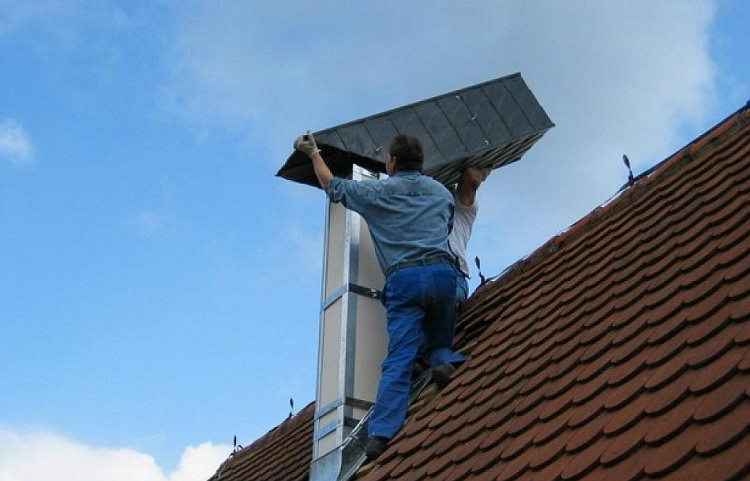
Chimneys made of different materials can be protected with a casing, this element is put on an already finished pipe
Note! The cover for the chimney is also a decorative element with which you can hide an unpresentable design.
The installation of such cases, as a rule, is carried out after the installation of the chimney structure, however, this measure is also relevant for old buildings, as it helps to protect the old chimney from destruction.
Varieties of casings on the chimney pipe
To date, the two most popular versions of such casings are the most popular. Consider them:
- galvanized casing for pipes;
- corrugated case, which is made of stainless steel.
A case for a chimney made of galvanized steel sheet is the most demanded. Galvanization has a high fire resistance, resistance to corrosion and a long service life. The galvanized casing is easy to install, which is also a very important factor influencing the popularity of this product. Such products are made from a sheet of galvanized steel with a thickness of 0.45 mm.
The corrugated case made of stainless steel is also easy to install and has one very important advantage - the design of the corrugated box allows you to bend it, give it the necessary shape, which is very convenient. Such a casing is resistant to corrosion and temperature extremes.
Protective cases can perform the function of arranging thermal insulation for a chimney. Cases for thermal insulation of chimneys can be made of different materials with one's own hand. Consider these materials:
- galvanizing;
- roofing iron;
- aluminum;
- plastic;
- profiled sheet;
- slate.
When insulating a chimney on the roof, it is necessary to use a suitable thermal insulation material. The heat insulator is selected individually for a specific situation. When choosing a heat-insulating material, it is worth considering such indicators:
- chimney material;
- the temperature of the chimney heating on the roof;
- thermal stability of the insulating material.
The heat-insulating material must be resistant to the temperature of the chimney heating to avoid ignition. Particular care must be taken when choosing a heat insulator if you are installing a casing made of polymer material. A plastic pipe box is easy to install, however, it is considered the least safe option, so you need to provide the necessary thermal insulation of the chimney, taking into account all the rules and fire safety standards.
Chimney pipe steel box decor
Casing for pipes are not only functional designs, but also, as mentioned above, affect the exterior of the structure. Today you can easily order a product that will decorate the home decor and will please the eye for more than one year. If we compare the metal box for the chimney pipe with casings of other materials, then it is the least presentable.
However, this problem is not difficult to solve with the help of special decorative coatings, which can be purchased at any specialized store or ordered with home delivery using the Internet. A decorative coating for metal casings will give your box a presentable appearance. Today you can meet a wide variety of colors and textures of such coatings, so everyone will be able to choose the right option for themselves.
A decorative coating consisting of a polymeric material must be applied to the metal. A polymer material imitates the structure of another material (wood, stone, etc.). The use of such decorative coatings makes it possible to draw a brickwork pattern on a metal case, while a real brick pipe will be reliably protected by this casing from environmental influences.
Mounting the steel case
A steel case is the most common option for organizing a protective casing of a chimney pipe. Consider the process of mounting a steel casing in a chimney:
- The case can be purchased or made with your own hands, using steel sheet, profiles and ordinary screws for this.
- The steel casing is mounted on the main pipe.
- At the third stage, the space between the main pipe and the case is filled with insulating material, which must be selected based on the temperature of the chimney heating.
- At the end, the case (made of galvanized steel or stainless steel) must be painted with oil paint.
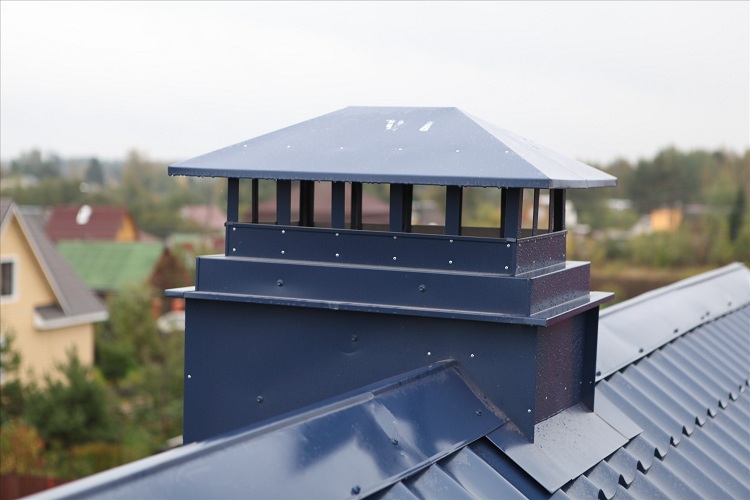
The casing can be fixed with self-tapping screws, and it is recommended to paint the finished structure to protect it from rust
Painting a steel case is necessary in order to give it a presentable appearance.As already mentioned above, for this you can use a more expensive, however, and a more beautiful option - a polymer decorative coating.
Installation of ducts for asbestos-cement chimney
Consider how the casing is installed on the asbestos cement chimney pipe:
- First of all, it is necessary to prepare the pipe for the installation of heat-insulating material and duct. To do this, it is necessary to clean it from dust and dirt.
- At the second stage, it is necessary to place the insulating material in a case made of galvanized steel or roofing iron. As a heat insulator, you can use mineral wool. Thermal insulation material is located along the entire length between the casing and the pipe.
Helpful information! When choosing the cross-sectional index of the case, one important factor must be taken into account, namely, the distance between the casing and the chimney must be at least 6 cm. This space is necessary for the free placement of the insulating material.
- The upper part of the pipe is mounted with a slight slope.
- The niche between the asbestos cement chimney and the pipe must be filled with cement mortar. For these purposes, concrete grade M-150 is perfect.
Such a case is recommended to be assembled from several parts. This is a necessary measure to simplify the installation of the heat insulator.
Box for a brick chimney
For a brick pipe, you can choose a standard case made of galvanized steel or another option. For example, plaster a brick chimney on a heat insulator. Let's consider this process in stages:
- First you need to clean the brickwork of the pipe from dirt and dust.
- Next, you need to install metal profiles on the chimney. For this, ordinary dowels are used. First of all, it is necessary to fix the upper and lower profiles, and then insert the racks into them. Racks are fixed by means of self-tapping screws.
- At the third stage, the installation of thermal insulation material is carried out. It must be placed between the grids and fixed using special dowels with "skirts". The heat insulator must completely cover the surface of the brick chimney.
- Then the thermal insulation material must be covered with a vapor barrier material, which is represented by a special film.
- At this stage, it is necessary to fix the plaster mesh over the vapor barrier film. The mesh should fit snugly to the surface, so the use of dowels with "skirts" is recommended.
- A chimney is plastered with a prepared cement mortar. Apply the plaster evenly over the entire surface of the structure.
After the plaster layer has dried, you can venerate the chimney with decorative tiles or galvanized sheets.
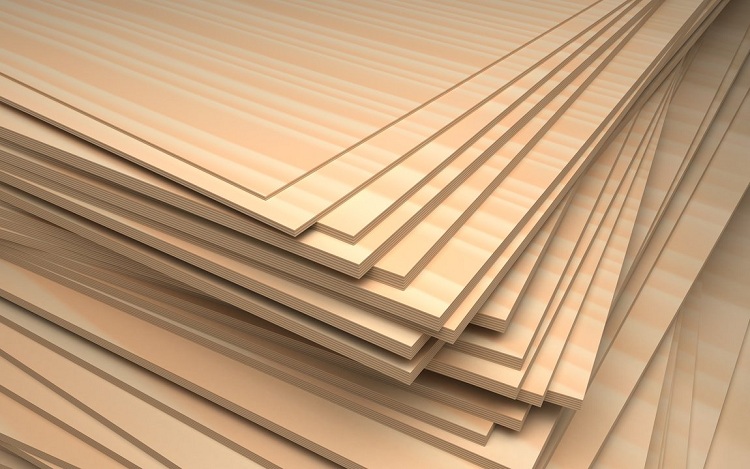
For the box, you can use wooden, plywood panels, fiberboard or chipboard, but they must be protected from moisture by an external coating
Box of wooden shields
The case of wooden shields can be done in two ways. Consider the first method:
- First of all, you need to make a wooden frame, focusing on the size of the chimney.
- Next, the finished frame is faced with slate.
- In the third stage, the installation of wooden panels around the pipe.
- At the end, it is necessary to fill the space between the metal pipe and the wooden panels with heat-insulating material. As a thermal insulation material can be:
- glass wool;
- slag;
- dry land.
Consider the installation technology of the second method:
- Wooden panels are mounted around the pipe, forming a box. The distance between the metal pipe and the wooden panel must be at least 5 cm (preferably 10).
- At the second stage, the facing of the internal seams is made. For this, you can use sheets of asbestos.
- Next, slate is mounted on asbestos sheets.
- At the fourth stage, you need to gloss over the outer seams of the box from wooden shields. To do this, you can use a cement mortar.
- Next, slag concrete slabs are mounted (at a small distance from the metal pipe).
- Plates must be reinforced using ordinary wire.
- At the end, the space between the plates and the pipe is filled with mortar. For the solution, gypsum and clay must be used.
Protecting the chimney from destruction under the influence of natural factors is an important measure that will extend the life of the chimney. For the protective box, you can use different materials that are now available to any master.
